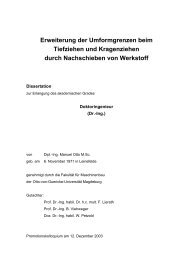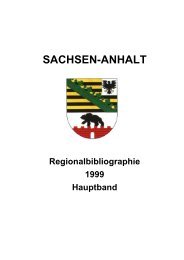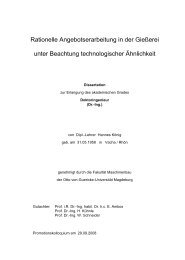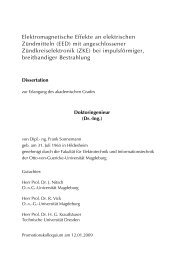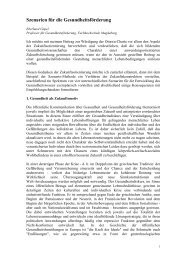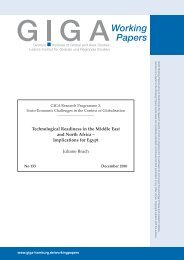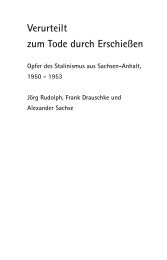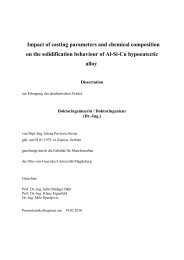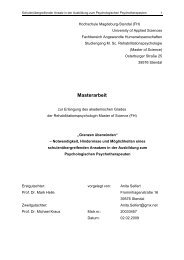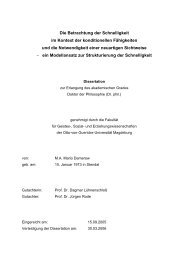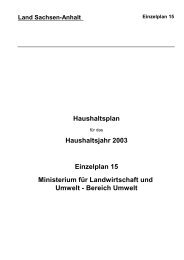Chapter 1
Chapter 1
Chapter 1
You also want an ePaper? Increase the reach of your titles
YUMPU automatically turns print PDFs into web optimized ePapers that Google loves.
also showed high effective rates of protection and consider- slower pace of trade reform. By contrast, Malaysia and<br />
able tariff escalation between primary and finished goods Morocco implemented trade reforms during the same<br />
for several sectors (textiles, clothing, leather goods, wood, period and their capital goods imports as a share of total<br />
paper and rubber products, and nonferrous metals). 2 imports increased significantly (Malaysia from 41 percent<br />
Trade administration remains cumbersome. Liberalized to 50 percent-half of total imports-and Morocco from<br />
imports still require import certificates, which impose an 19 percent to 27 percent).<br />
administrative burden on commercial banks and the cus- The Tunisian economy has nevertheless become more<br />
toms authorities and impose additional costs for enterprises. open. Non-oiVnon-phosphate exports as a share of GDP<br />
There are more than twenty-two tariff rates and about thirty- have increased from about 25 percent to 35 percent<br />
five categories of exonerating regimes. The complexity and between the early 1980s and early 1990s, with the manulack<br />
of transparency of the rate structure and the number of facturing sector now accounting for Tunisia's largest share<br />
exemptions hinder the formulation of an effective tariff (half) of export earnings. Textile exports grew the fastest,<br />
protection system. with the bulk (about 70-80 percent) coming from the offshore<br />
companies that are exempt from customs duties and<br />
Impact of trade liberalization taxes. Tunisia's tourism sector accounts for roughly the same<br />
share of total factor and nonfactor services export earnings<br />
Table 3.2 shows how the structure of trade has changed<br />
since the early 1980s, due partly to the impact of trade<br />
as in the early 1980s.<br />
reforms. The biggest shift in imports was the increase of<br />
consumer goods (including semifinished goods which are<br />
A free trade agreement with the European Union<br />
further processed and reexported) once trade restrictions Parallel to its trade liberalization reforms and its memberon<br />
these goods were lifted, while capital goods imports ship in the Maghreb Customs Union, on July 17, 1995<br />
have remained virtually unchanged as a share of total Tunisia became the first country in the Middle East and<br />
imports (about 25 percent) and increased only slightly as a North Africa region to sign a free trade agreement (FTA)<br />
share of gross domestic investment (GDI) from 34-38 per- with the European Union (EU). As its main trade and comcent.<br />
The size of capital goods imports relative to total mercial partner (75 percent of its total imports and<br />
imports and investment is one indicator of enterprise exports-see figure 3.1 and box 3.1), this agreement will set<br />
trends in upgrading technology. Tunisian enterprises may the stage for Tunisia's future trade and development<br />
be delaying investments to upgrade production due to the agenda. In addition to the phased removal of tariff and nontariff<br />
barriers, the agreement covers market access for man-<br />
TABLE 3.2 ufactured goods, trade rules, harmonization of standards,<br />
Share of total Imports and exports and financial and technical assistance to upgrade Tunisian<br />
industries and services. Discussions on access to the EU<br />
Imports 19804 1990-93<br />
Consumer goods' 29.4 37.2 FIGURE 3.1<br />
Capital goods<br />
Percentage share of GDI<br />
25.6<br />
34.3<br />
24.5<br />
38.0 Export by country<br />
Intenmediate goods 45.1 38.3 1980 1992<br />
Exports 1980484 1990-93 Neer-<br />
of destination, 1980 and 1992<br />
Other EEC Rwoo(d, Ft Rcfthfthe 27%m<br />
24% world 27%<br />
Agriculture 2.8 5.1 5%<br />
Manufacturing 30.1 52.5<br />
Textiles 12.7 28.3Otr<br />
Fuel 32.9 9.7 _4%<br />
Nonfactorservices 32.9 31.9 FranA<br />
Tourism 18.5 16.8 16% Netc _<br />
a. Some dthe increase is due to the increase of imported inputs for offshore processing Ge3rny 17%<br />
activiu 13<br />
Source: Word Bank Trade Data. J1 Source: United Nations Trade Reporting System.<br />
30 TuNISiLS GLOBAL INTEGRATION AND SUSTANABLE DEVELOPMENT' STRATEGIC CHOICES FOR THE 2 1ST CENTURY




